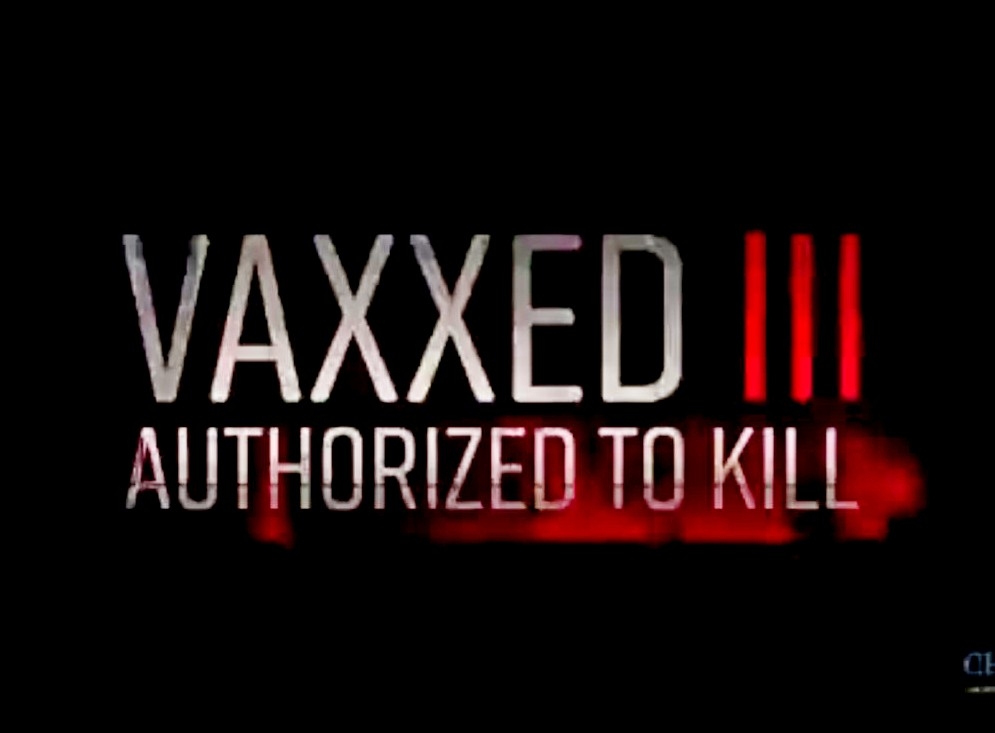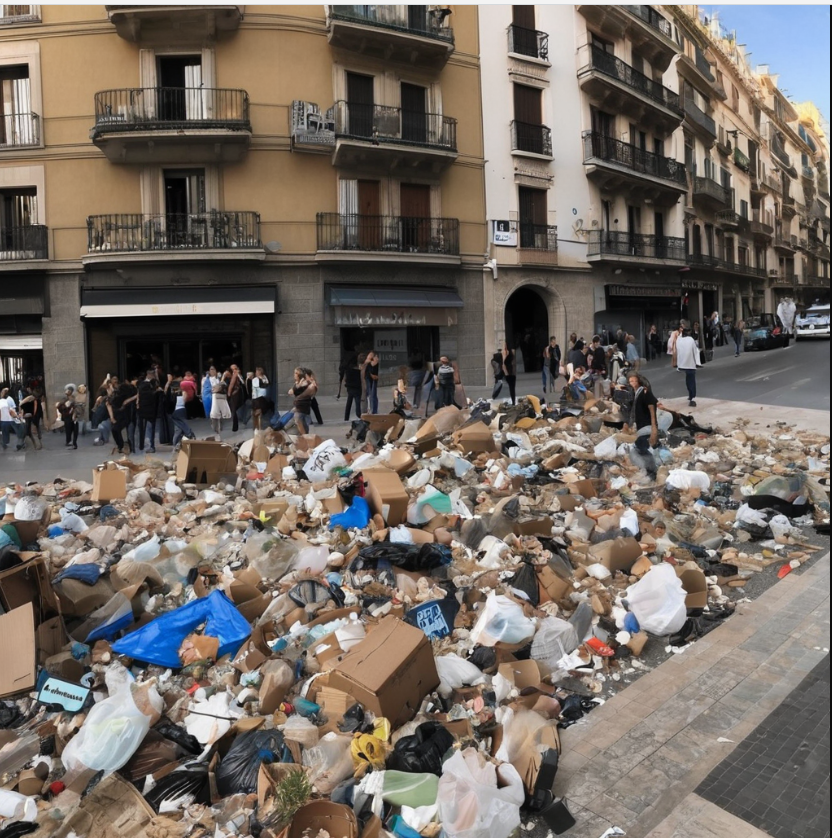Emily Matthews
MANY BELIEVE THAT Musk is part of the globalist cabal, but like Trump, I believe you have to study the man, because first appearances can be deceiving. Both men are similar, in backgrounds and makeup. Willfull visionaries who wanted to create a better world through efforts of their own minds and hands. They believed in their own power tremendously, and rightly so because these are both exceedingly gifted individuals. These types of men would normally be on the globalist track to become the kings of this world, the globalist elite.
A few nights back Elon Musk chose to give Trump the megaphone on his social media platform Twitter/X. The globalists saw what was clearly a very real and present danger in allowing Trump to gain traction on the X platform. The EU leaders, globalists all, sent a strong message to Musk warning him to not give Trump a voice. Musk ignored them.
Think about that for a moment. It is incredible to see the chariots aligned all across a world stage, doing all that they can to knock out one man, Trump. Why would they work so hard to keep Trump out of the most powerful position in the entire world? Because they know that Trump is not a part of their club. Trump knows what the globalists have planned for America, it is to knock the United States down to size and fold us into the stable with all of the other whipped and trained work horses, kept for the sole purpose to serve the globalists evil elite.
It was natural that Musk would gravitate towards lending support to Trump by interviewing him for almost two hours on Twitter/X. But only if you took the time to understand one transformational moment in Elon Musk's life, the death of his son.
In the interview with Trump, Musk explains what his motivation is now and why he is doing what he is doing. If you have not listened to the almost two hour interview, you should because it is an audio eye opener.
Btw, the interview was attacked and tried to be stopped through a denial of service scheme by bad internet actors on the world stage. That attack kept the interview from going live for the better part of an hour. There are many who now see Musk, as well as Trump, as enemy number one because they are both an impediment to the planned collapse and destruction of the United States of America.
Both men are on a transformational path. God is clearly doing something big in Trump's life, as well as Musk's.
Musk has moved his prioroties (or had his priorities moved for him). He was once on the Bill Gates trajectory of becoming a premier globalist. Musk talks of how the system killed his oldest child. Very few are willing to study people. It is so much easier to simply snap judge. But life events, like seeing ones own child destroyed before a parent's eyes, are earth shaking events. Musk's life has clearly changed, if you study him and not just snap judge him, as most are prone to do.
People make the same mistake with Trump because they are not willing to research and study the man and his history. The opposition then fills that vacuum with "orange man bad" BS and lazy people buy into it, knowing very little about the real person.
God speaks to His creation in many ways. In the old testament, He spoke by sending prophets, messengers, to His creation. Why? To warn them, to help them, to attempt to bring them to His protection and lastly to certify His justification for what was about to come next...judgement.
How were God's emissaries receieved? In some cases they were rejected to the point of killing them. In others, such as Jonah sent to the people of Niniva, they immediately fell to their knees and repented upon hearing God's message of warning to them.
Where are we in all of this? Trump knows now that there is a God in Heaven who saved his life, he has spoken as such about it publicly. Trump knows that his life was spared for a purpose. Some of us do to. But the media was quick to make that story go away because they are a spiritual anathema to God's purpose and plan. It is a spiritual war that we are in the middle of right now. But will the vast majority of people pick up on that fact?
Trump is a sent one but many have been sent before, clearly with the hand of God upon them and they were rejected and killed.
Some would like to believe that because God has placed his mark upon Trump that it is a given that this country will be saved. I am not one of those. I have studied history. This country has done much to spit in the face of our Creator God. It may very well be that this is God's final offer to repent. If we reject this final offer it will be our destruction by the blood upon our own hands. With God's final drop of the hammer, it will be all done in perfect justification and justice for what we have wrought.
All but a few spritual leaders have been completely blind to what is happening right before our very eyes. I have watched the stage being set for decades now. My continual ongoing prayer for years now has not changed.
Dear heavenly Father, please open the eyes and ears of your people that destruction might pass us by in this country. You were kind to hear Abraham's plea for Lot and his family. We plead with you now for your mercy once again even though we acknowledge that in no way do we deserve it. We beg upon Your mercy, nevertheless, let thy will be done, amen.
Emily Matthews
MANY BELIEVE THAT Musk is part of the globalist cabal, but like Trump, I believe you have to study the man, because first appearances can be deceiving. Both men are similar, in backgrounds and makeup. Willfull visionaries who wanted to create a better world through efforts of their own minds and hands. They believed in their own power tremendously, and rightly so because these are both exceedingly gifted individuals. These types of men would normally be on the globalist track to become the kings of this world, the globalist elite.
A few nights back Elon Musk chose to give Trump the megaphone on his social media platform Twitter/X. The globalists saw what was clearly a very real and present danger in allowing Trump to gain traction on the X platform. The EU leaders, globalists all, sent a strong message to Musk warning him to not give Trump a voice. Musk ignored them.
Think about that for a moment. It is incredible to see the chariots aligned all across a world stage, doing all that they can to knock out one man, Trump. Why would they work so hard to keep Trump out of the most powerful position in the entire world? Because they know that Trump is not a part of their club. Trump knows what the globalists have planned for America, it is to knock the United States down to size and fold us into the stable with all of the other whipped and trained work horses, kept for the sole purpose to serve the globalists evil elite.
It was natural that Musk would gravitate towards lending support to Trump by interviewing him for almost two hours on Twitter/X. But only if you took the time to understand one transformational moment in Elon Musk's life, the death of his son.
In the interview with Trump, Musk explains what his motivation is now and why he is doing what he is doing. If you have not listened to the almost two hour interview, you should because it is an audio eye opener.
Btw, the interview was attacked and tried to be stopped through a denial of service scheme by bad internet actors on the world stage. That attack kept the interview from going live for the better part of an hour. There are many who now see Musk, as well as Trump, as enemy number one because they are both an impediment to the planned collapse and destruction of the United States of America.
Both men are on a transformational path. God is clearly doing something big in Trump's life, as well as Musk's.
Musk has moved his prioroties (or had his priorities moved for him). He was once on the Bill Gates trajectory of becoming a premier globalist. Musk talks of how the system killed his oldest child. Very few are willing to study people. It is so much easier to simply snap judge. But life events, like seeing ones own child destroyed before a parent's eyes, are earth shaking events. Musk's life has clearly changed, if you study him and not just snap judge him, as most are prone to do.
People make the same mistake with Trump because they are not willing to research and study the man and his history. The opposition then fills that vacuum with "orange man bad" BS and lazy people buy into it, knowing very little about the real person.
God speaks to His creation in many ways. In the old testament, He spoke by sending prophets, messengers, to His creation. Why? To warn them, to help them, to attempt to bring them to His protection and lastly to certify His justification for what was about to come next...judgement.
How were God's emissaries receieved? In some cases they were rejected to the point of killing them. In others, such as Jonah sent to the people of Niniva, they immediately fell to their knees and repented upon hearing God's message of warning to them.
Where are we in all of this? Trump knows now that there is a God in Heaven who saved his life, he has spoken as such about it publicly. Trump knows that his life was spared for a purpose. Some of us do to. But the media was quick to make that story go away because they are a spiritual anathema to God's purpose and plan. It is a spiritual war that we are in the middle of right now. But will the vast majority of people pick up on that fact?
Trump is a sent one but many have been sent before, clearly with the hand of God upon them and they were rejected and killed.
Some would like to believe that because God has placed his mark upon Trump that it is a given that this country will be saved. I am not one of those. I have studied history. This country has done much to spit in the face of our Creator God. It may very well be that this is God's final offer to repent. If we reject this final offer it will be our destruction by the blood upon our own hands. With God's final drop of the hammer, it will be all done in perfect justification and justice for what we have wrought.
All but a few spritual leaders have been completely blind to what is happening right before our very eyes. I have watched the stage being set for decades now. My continual ongoing prayer for years now has not changed.
Dear heavenly Father, please open the eyes and ears of your people that destruction might pass us by in this country. You were kind to hear Abraham's plea for Lot and his family. We plead with you now for your mercy once again even though we acknowledge that in no way do we deserve it. We beg upon Your mercy, nevertheless, let thy will be done, amen.














